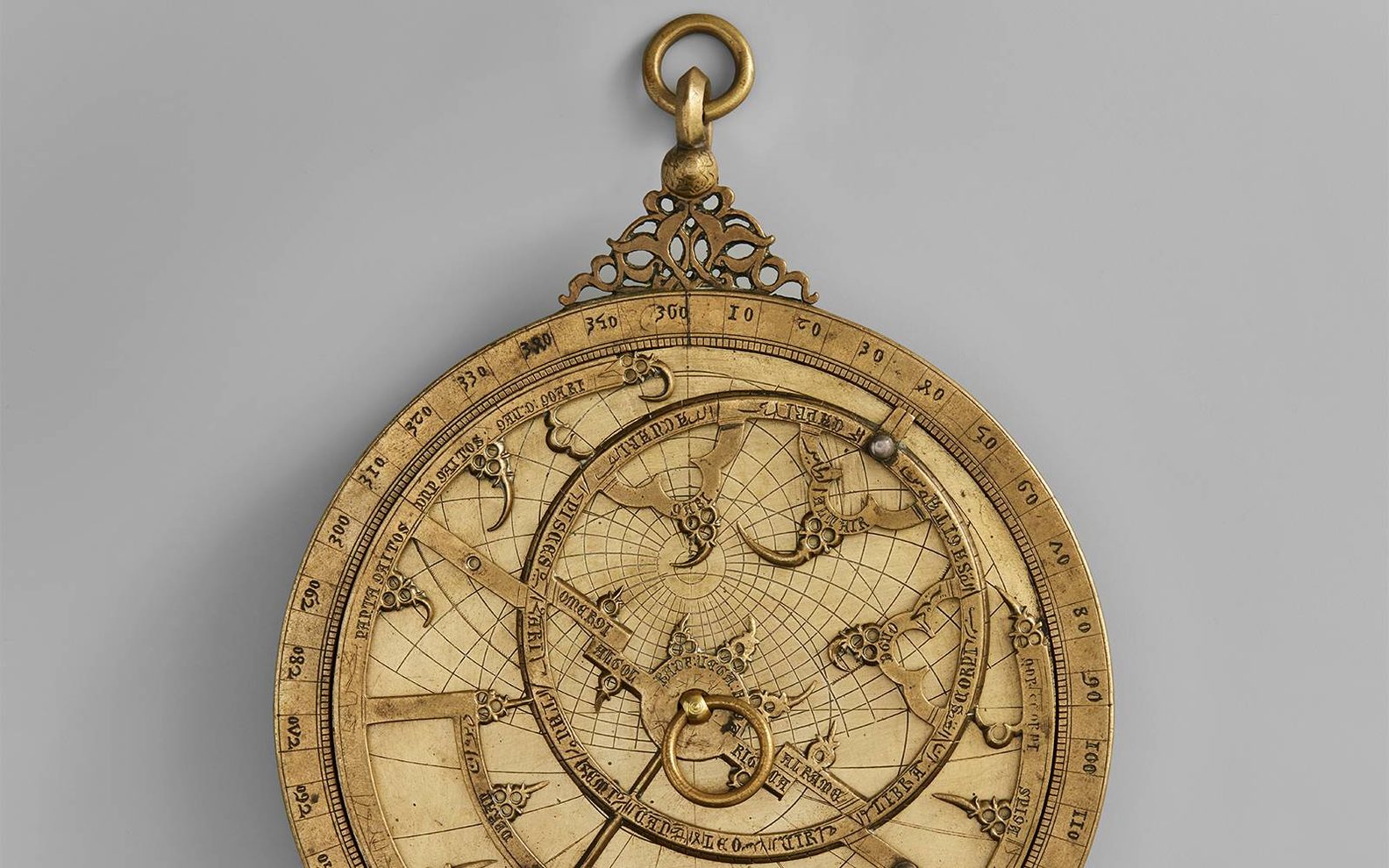
Learn
The Aga Khan Museum provides engaging opportunities for lifelong learning for people of diverse ages and interests. Our educational programs are based on the Museum’s Permanent Collection, temporary exhibitions, and performing arts programs, and focus on the promotion of pluralism, the history and diversity of Muslim civilizations, and their contributions to artistic, scientific, and intellectual development of our shared world heritage.
Schools and Teachers
Teachers and students are welcome to join us in our school programs, in-person or online, where they will explore the Aga Khan Museum. Students are led through creative programs where they critically engage with objects in the Museum Collections and discuss different cultures, history, and art. The Museum continuously works with schools to make a positive impact on incoming students and to foster an inclusive learning environment.
Don’t see what you’re looking for? The Museum also offers customized programs to suit your students’ needs.
Enquire about programs and fees at learn@agakhanmuseum.org.
Children Youth and Families
From regular Family Sunday activities, to festivals and summer camps, there is something to enhance any family’s day at the Museum.
Adult and Post-Secondary
Step into a world of Islamic art and culture with a virtual Museum visit! Explore our galleries from the comfort of your home and immerse yourself in the beauty and history of our Collections. Engage with interactive exhibitions, learn from expert Curators, immerse yourself in an online courses or listen to the Museum’s podcast.
Create and Connect
The Create and Connect Program at the Aga Khan Museum offers seniors (55+) engaging workshops inspired by the Museum’s Permanent Collection of 1,200 masterpieces. These monthly sessions are intended promote cross-cultural connections, creative expression, wellbeing, and lifelong learning.
On-Site Visit/Post-Secondary programs
Customized Museum programs are offered for post-secondary students. Discover curated tours, interactive workshops, and engaging discussions, all designed to enhance your academic experience.
Please contact groupreservations@agakhanmuseum.org or call 416.646.4677 ext 7730 in advance to reserve for your group.
Don’t see what you’re looking for? The Museum also offers customized programs that may suit your needs.
Enquire about programs and fees at learn@agakhanmuseum.org.
Government Partners
















